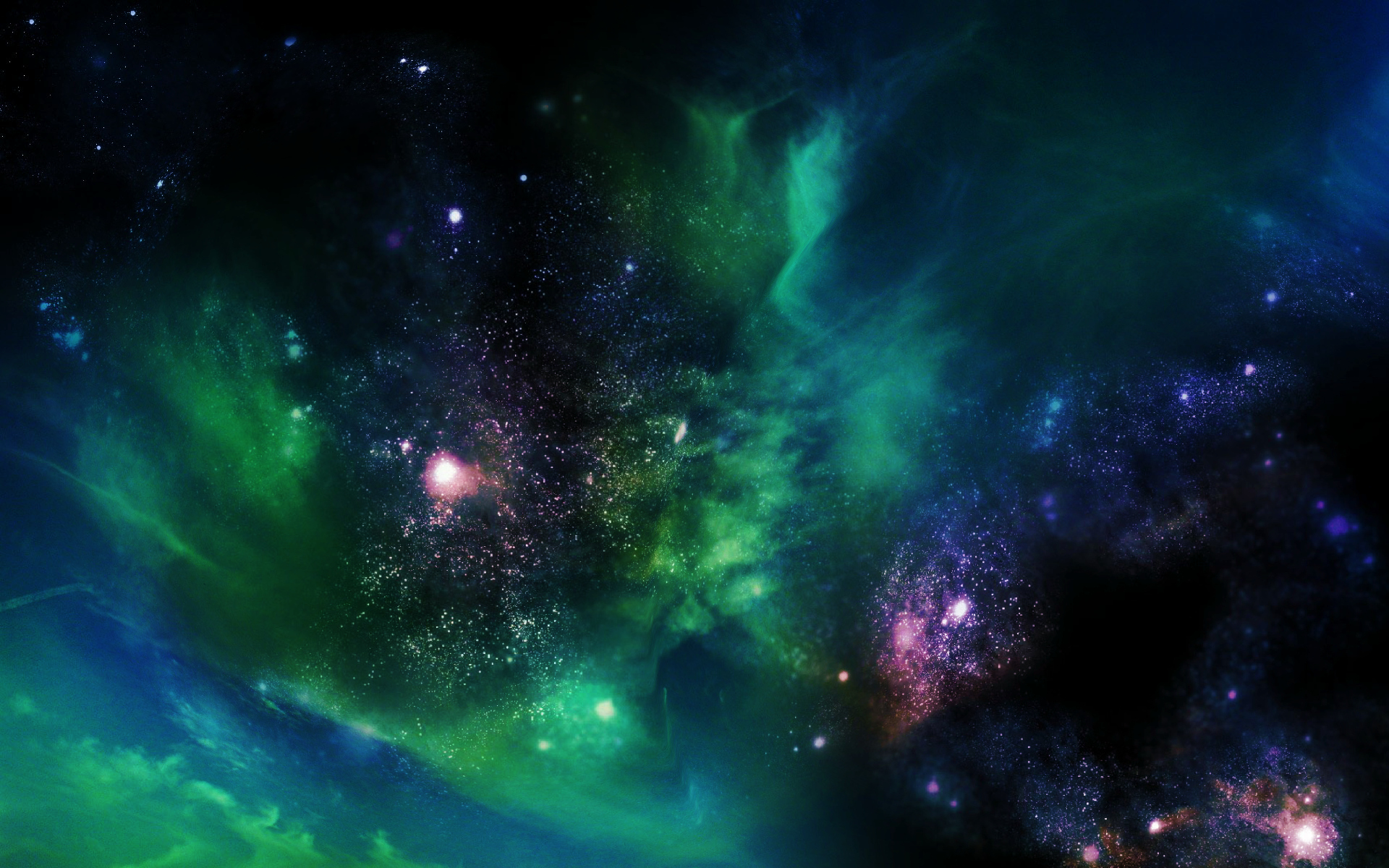
(PhysOrg.com) -- A remarkable planetary system discovered by NASA
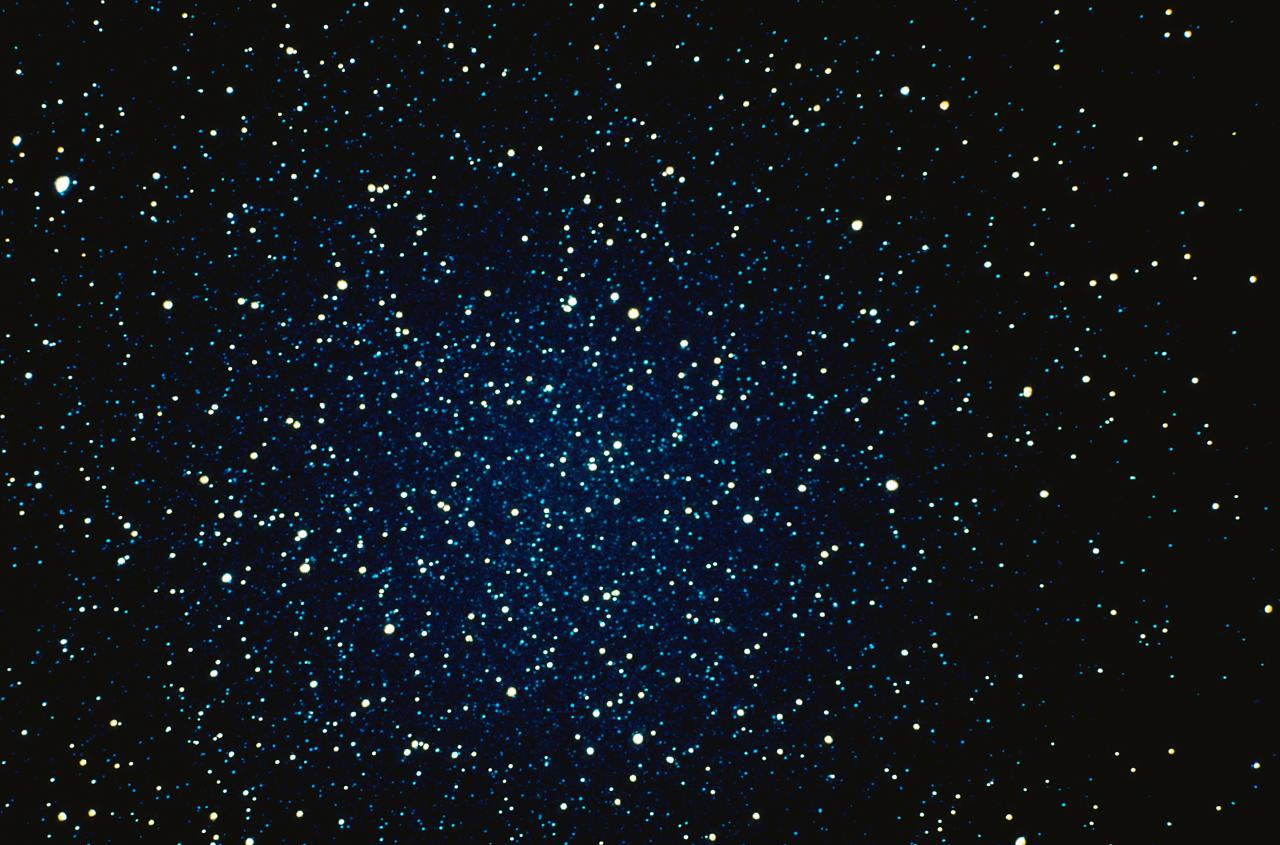
On August 1, 2010, an entire hemisphere of the sun erupted. Filaments of magnetism snapped and exploded, shock waves raced across the stellar surface, billion-ton clouds of hot gas billowed into space. Astronomers knew they had witnessed something big. It was so big, it may have shattered old ideas about solar activity.

The end state of a black hole may be a mind-bending kind of spacetime independent of time, scientists say.

A new observing instrument VIRUS-W saw

This ethereal-looking image of the Orion Nebula was captured using the Wide Field Imager on the MPG/ESO 2.2-metre telescope at the La Silla Observatory, Chile. This nebula is much more than just a pretty face, offering astronomers a close-up view of a massive star-forming region to help advance our understanding of stellar birth and evolution. The data used for this image were selected by Igor Chekalin (Russia), who participated in ESO’s Hidden Treasures 2010 astrophotography competition. Igor’s composition of the Orion Nebula was the seventh highest ranked entry in the competition, although another of Igor’s images was the eventual overall winner.
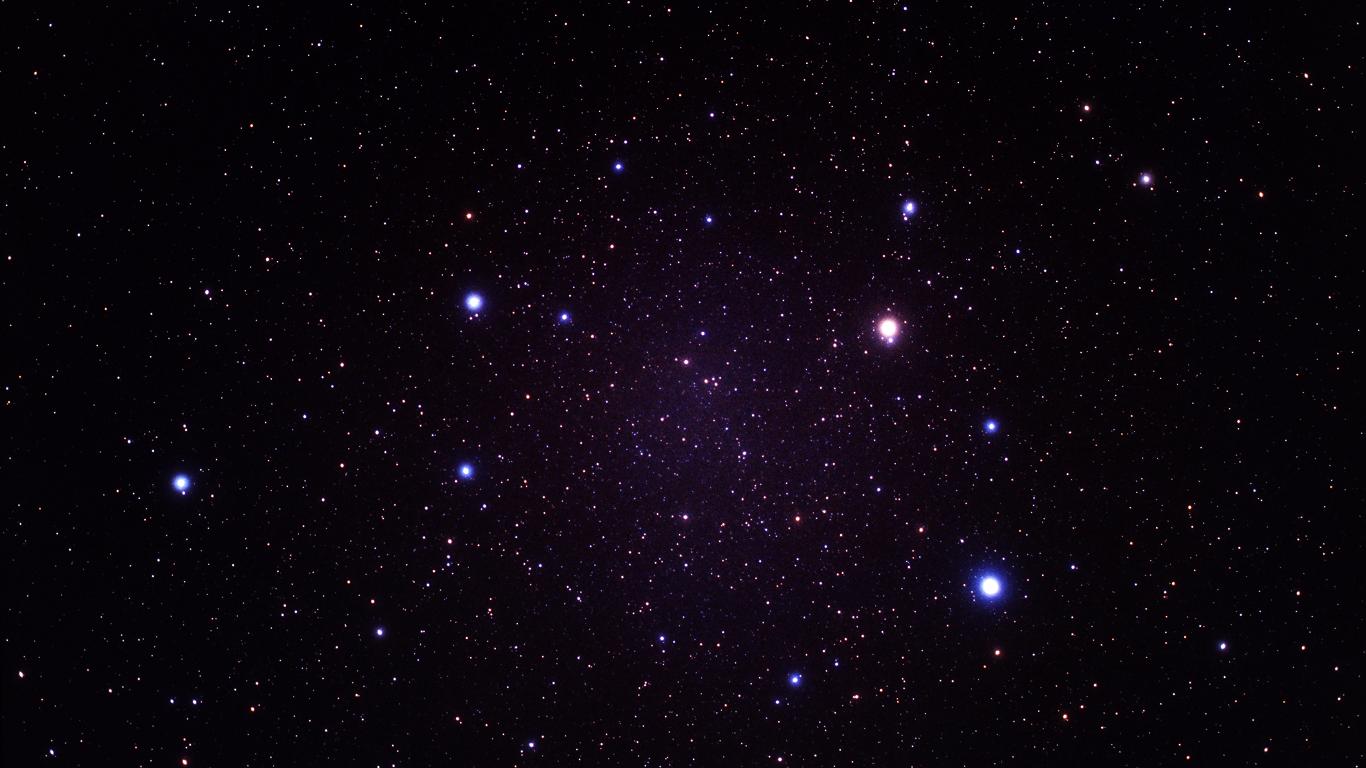
Astronomers have discovered 16 close-knit pairs of supermassive black holes in merging galaxies. These black-hole pairs, also called binaries, are about a hundred to a thousand times closer together than most that have been observed before, providing astronomers a glimpse into how these behemoths and their host galaxies merge -- a crucial part of understanding the evolution of the universe.
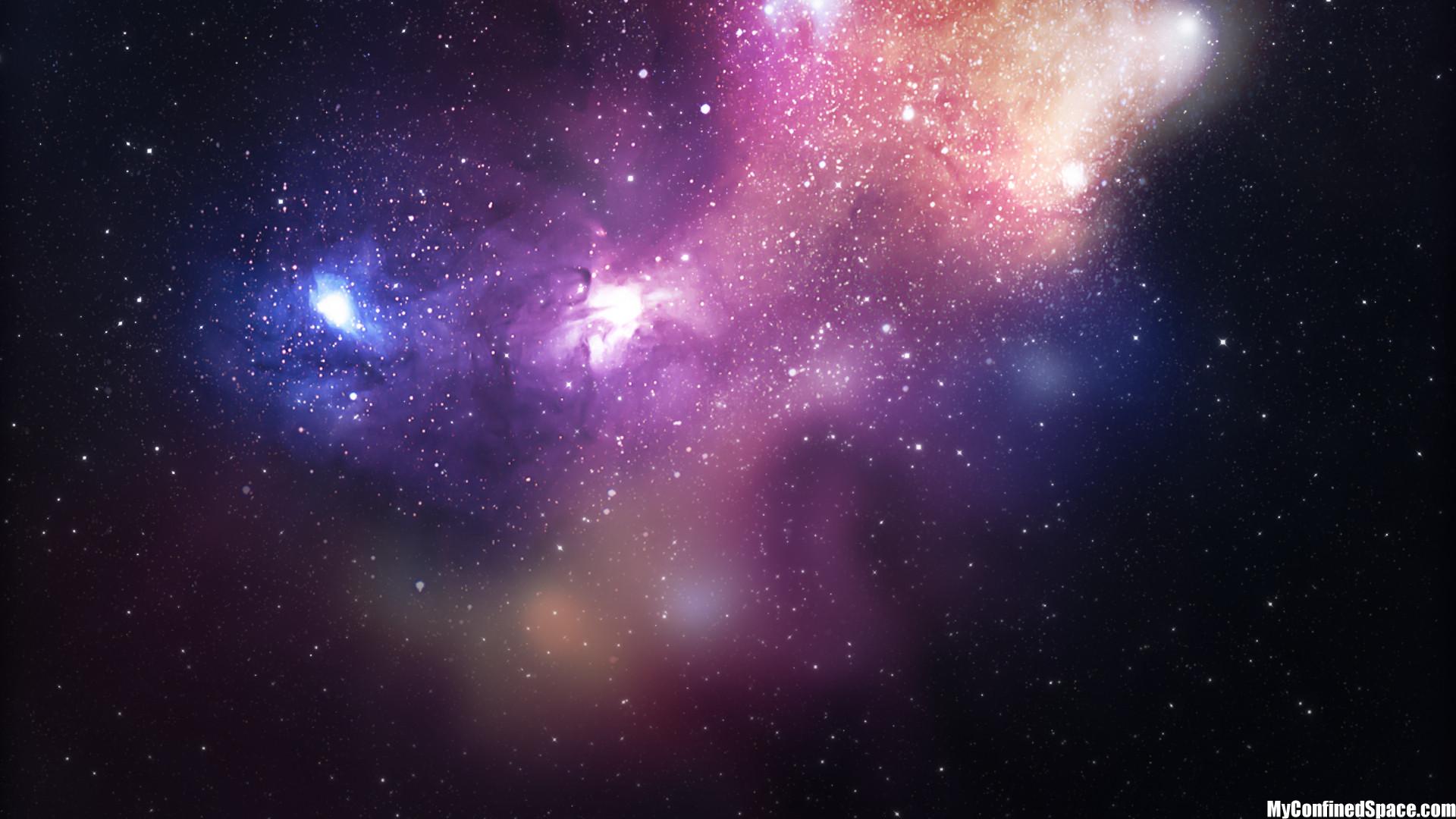
Astronomers have produced the largest-ever map of the sky. This survey has made it possible to build an image from which a source catalog of unprecedented quality covering a large fraction of the sky has been extracted in five colors (sky cover, depth and precision of luminosity measurements). This catalog, which contains around 470 million objects (galaxies, stars, quasars, etc.), is now being published.

Galaxy X: An entire galaxy—made mainly of dark matter—may be lurking just outside our own, scientists say.

The most massive black holes began growing at a very fast rate when the universe was only about 1.2 billion years old, according to a new study by astronomers in Tel Aviv.

(PhysOrg.com) -- Cosmologists have come up with a new way to solve their problems. They are inviting scientists, including those from totally unrelated fields, to participate in a grand competition. The idea is to spur outside interest in one of cosmology
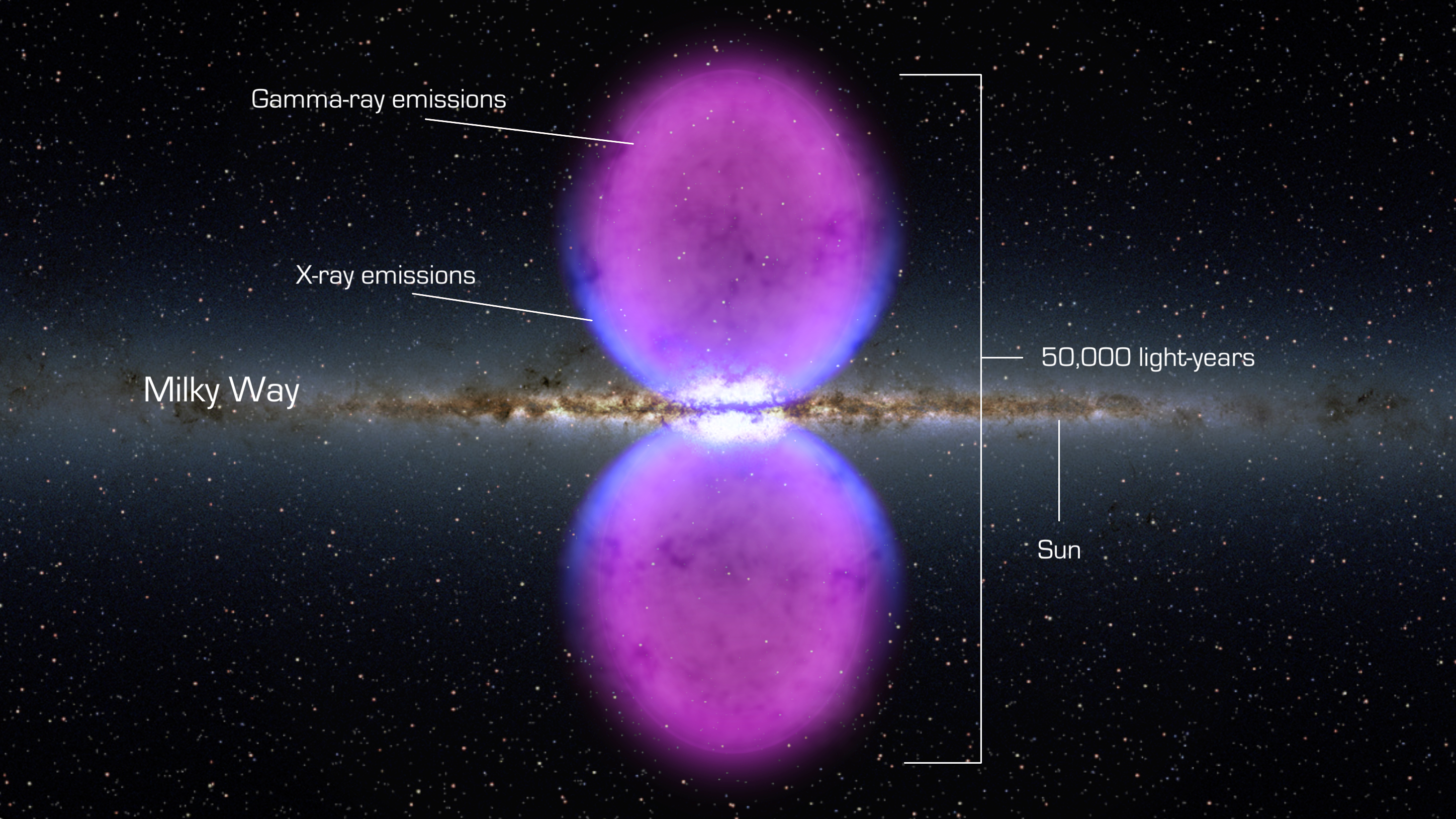
NASA's Fermi Gamma-ray Space Telescope unveiled a previously unseen structure centered on the Milky Way. The feature spans 50,000 light-years.

The experiments that can only be conducted in space

The frigid ice of Jupiter